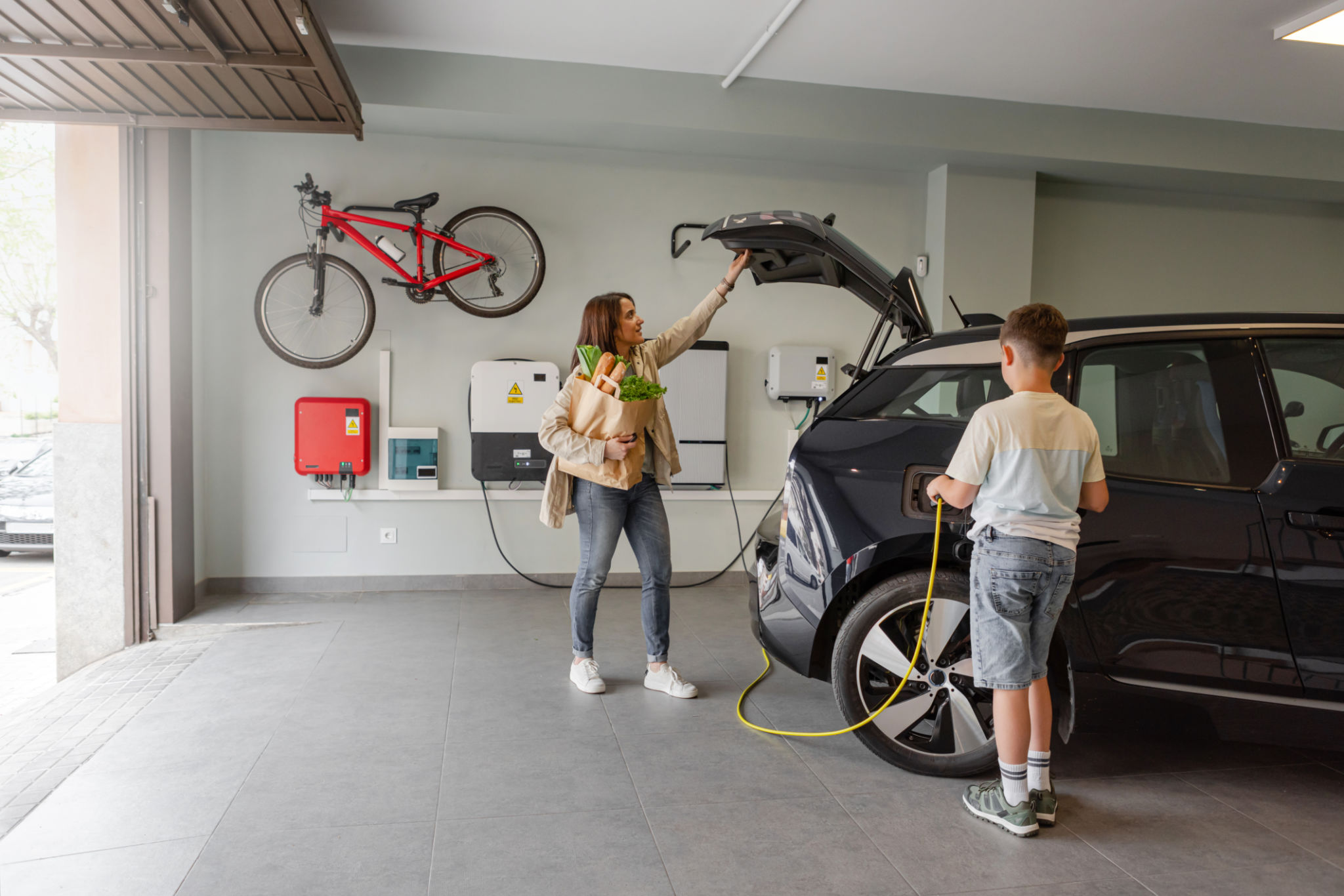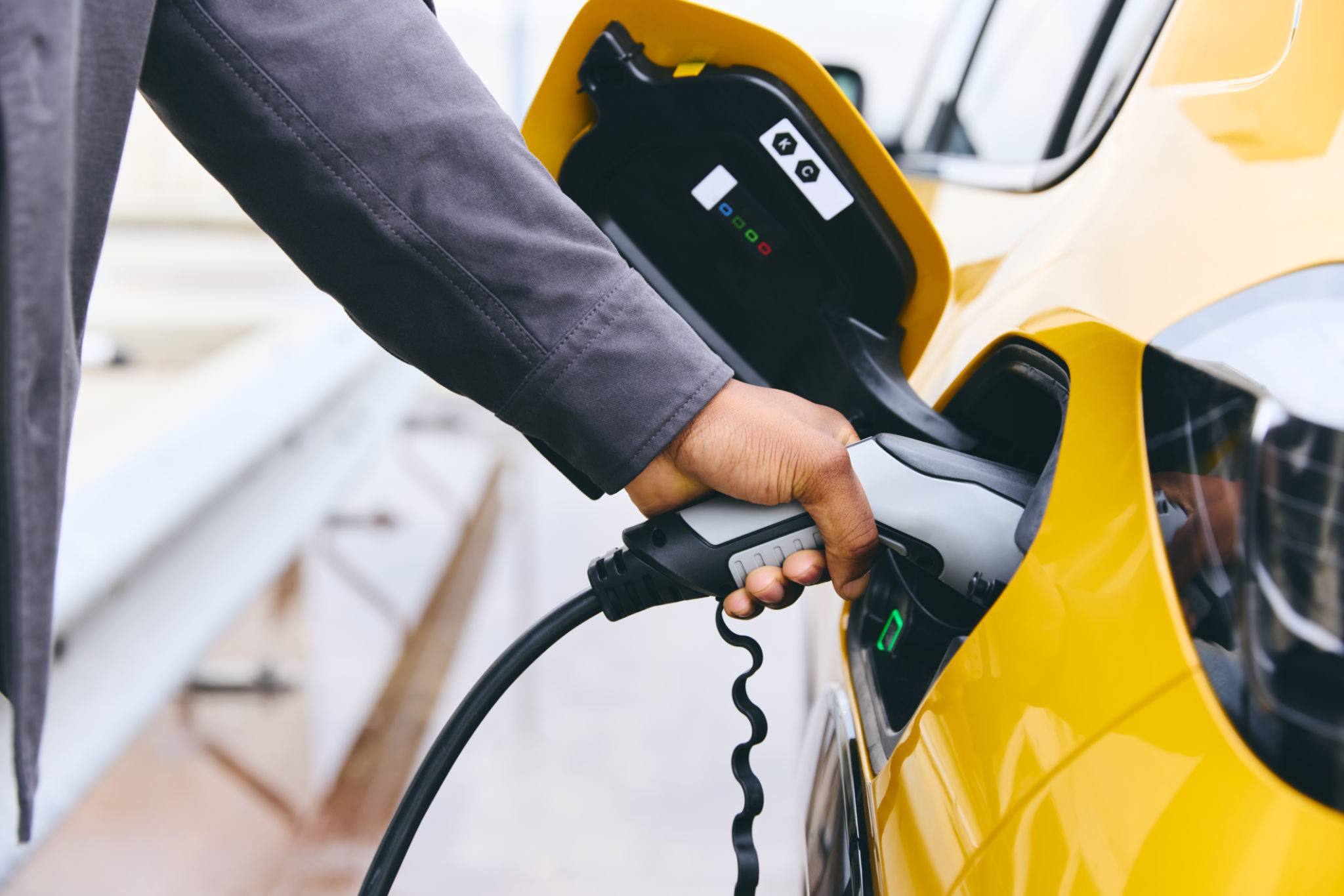How Does an EV Charger Work? A Comprehensive Guide to Charging Your Fleet
Understanding the Basics of EV Charging
Electric vehicles (EVs) are becoming an integral part of modern transportation, and with this shift comes the need for efficient and reliable charging solutions. Understanding how an EV charger works is essential for anyone managing a fleet of electric vehicles. At its core, an EV charger converts electricity from your home or a public grid into a form that can be stored in the vehicle's battery. This process involves several components working together seamlessly to ensure your fleet remains operational.

Types of EV Chargers
There are three main types of EV chargers: Level 1, Level 2, and DC Fast Chargers. Each type offers different charging speeds and capabilities, catering to various needs:
- Level 1 Chargers: These use a standard 120-volt outlet and provide the slowest charging speed. They're suitable for overnight charging or when vehicles have extended downtime.
- Level 2 Chargers: Operating at 240 volts, these chargers offer a faster charging rate and are ideal for fleets needing quicker turnaround times.
- DC Fast Chargers: These are the fastest chargers, using direct current to quickly recharge a battery, making them perfect for busy fleet operations.
The Charging Process
The charging process begins by connecting the EV to a charger using a compatible connector. Once connected, the charger communicates with the vehicle to determine the optimal charging rate. Safety measures are in place to ensure the process is secure, with protocols to prevent overcharging or overheating. This smart technology ensures your fleet's batteries are charged efficiently and safely.

Factors Affecting Charging Speed
Several factors can influence the speed at which an EV charges:
- Battery Capacity: Larger batteries take longer to charge.
- Charger Type: As previously mentioned, Level 1 chargers are slower compared to Level 2 or DC Fast Chargers.
- State of Charge (SoC): The existing charge level of the battery; a nearly depleted battery may charge faster initially than one that is already partially charged.
Optimizing Fleet Charging
To ensure your fleet operates efficiently, consider implementing a smart charging strategy. This can involve scheduling charging during off-peak hours to reduce energy costs and using management software to monitor battery health and predict maintenance needs. By optimizing charging times and locations, you can keep your fleet running smoothly while minimizing downtime.

The Future of EV Charging
The landscape of EV charging is continually evolving, with advancements such as wireless charging and ultra-fast chargers on the horizon. These technologies aim to make charging more convenient and reduce the time vehicles spend off the road. Staying informed about these developments will help you adapt your fleet strategy to incorporate new solutions as they become available.
In conclusion, understanding how an EV charger works and implementing an effective charging strategy is crucial for managing an electric vehicle fleet. By selecting the right chargers, optimizing charging schedules, and keeping abreast of technological advancements, you can ensure that your fleet remains operational and cost-effective for years to come.
